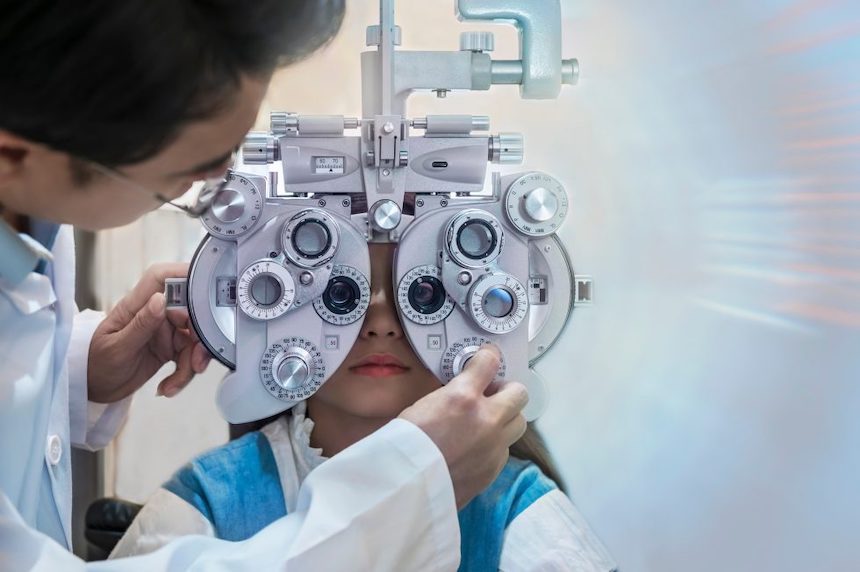
We all know how important it is to have regular eye exams. Adults should have their eyes checked at least every two years, although your optometrist may recommend more frequent visits. Here are some signs that it’s time to see your eye doctor.
Conditions In Which You Should Visit an Optometrist
Pain In Eyes
Eye mild to moderate discomfort is usually not a cause for concern, but if it is severe or persists, you should see your optometrist. Pain may indicate an infection in your eye or maybe a sign of a more serious health concern.
Eye Fatigue
Most of us spend a lot of time watching the exhibits, resulting in eye fatigue. Seasonal allergies and even illness can make our eyes sleepy. However, it can also be a sign of something more serious. Schedule an appointment with an optometrist if you’re following the trend rule but still find your eyes tired.
Infection in Eyes
If your eyelids are swollen, itchy, or red, and the whites of your eyes turn pink, you may have an eye infection. Infected eyes may or may not produce discharge. But this does not mean they are not infected. If you think you may have an eye infection, schedule an appointment with an optometrist right away.
Blur Vision
Sudden blurred vision or difficulty concentrating may indicate a more serious health problem. If this happens, make an emergency visit to your optometrist as soon as possible. If your blurred vision is intermittent or limited to one eye, contact your eye doctor as soon as possible.
There is nothing to be afraid of if your vision gradually gets blurry over time. It is most likely means that your vision is changing. It could also mean that your prescription has changed. As soon as possible, make an appointment with your optometrist.
Dark Circles and Spots
Flashes, floaters, and spots are usually nothing to be concerned about. Proteins and other tissue fragments embedded in the transparent, gel-like fluid that fills the inside of our eye produce them. The vitreous acquires more fluid as we age, exposing proteins and other tissue fragments.
On the other hand, floaters can indicate a more serious problem, such as a detached retina. Some spots or floaters here are not a cause for concern. However, if you notice a cloud of floaters, flashes of light, swirling haze, or a veil over part of your eye, get medical help right away. Contact your optometrist right away, or go to the local emergency room.
Double Vision
Diplopia, or double vision, can affect one eye or both eyes. Astigmatism, dry eye, or keratoconus can all induce monocular double vision. Abnormalities can also cause double vision in the cornea, lens, retina, nerves, or brain, so contact your optometrist as soon as possible.
Binocular double vision is a type of double vision caused by an inability to coordinate your eyes properly. It allows people to see with each eye separately. When our eyes are oriented at slightly different angles, they transmit different images to our brains, resulting in double binocular vision.
Facing Problems With Vision at Night
Night blindness is a natural aspect of the aging process, in which people can see well in proper lighting but suffer in low light. On the other hand, night vision problems may indicate that a cataract develops.
Cataracts can only be removed by surgery, but your eye doctor may advise you to delay their progression. Contact your eye doctor for more information and to have your eyes examined.
Visiting an optometrist is very important if you face problems with your vision. The information can help you to take the right step and protect your eyes.
- Nature’s Retreat: Reconnecting With the Outdoors in Cabins - April 2, 2024
- Embracing the Charm: Types of Cabins and Their Unique Features - November 26, 2023
- Factors To Look for Commercial Catering Equipment for Sale - April 1, 2022






